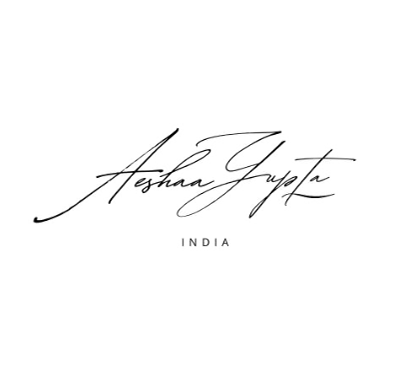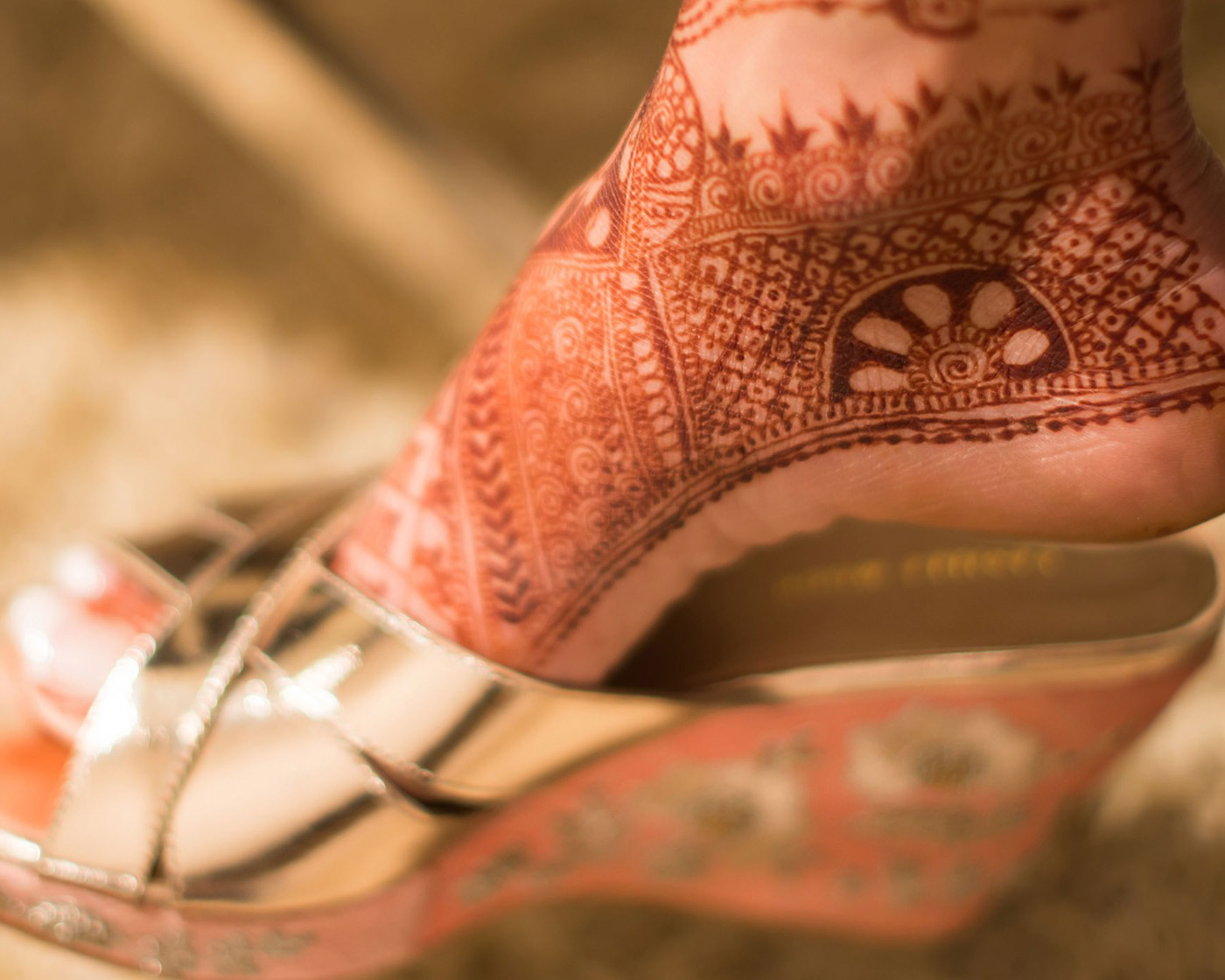The higher costs for women’s shoes are partly attributed to the variety available. Image: Arpita Mehta x SKO collection
At times, ill-fitting proportions and other quality-related issues could hamper a woman's shoe-wearing experience. Image: Arpita Mehta x SKO collection
Shoes brands should design products that cater to the diverse needs of all consumers, regardless of their gender. Image: Arpita Mehta x SKO collection
This discrepancy in emphasis on men’s and women’s footwear may be attributed to a historical bias. Image: Vanilla Moon Shoes
High heels demand a level of precision and attention to detail, especially concerning the arch of the foot. Image: Vanilla Moon Shoes
Complexity of the design plays a significant role in pricing shoes. Image: Oceedee
The pattern tracing process at Oceedee. Image: Oceedee

